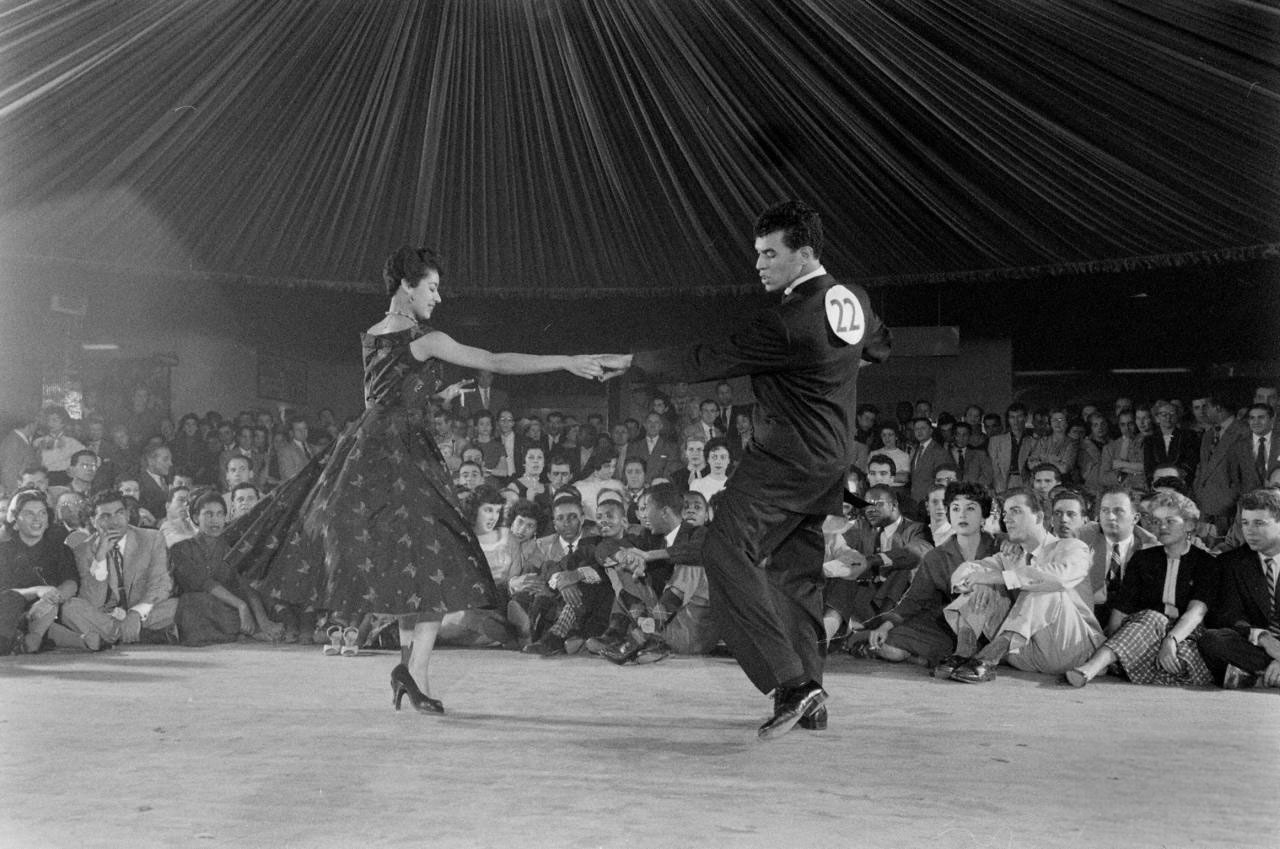Not known Factual Statements About Dance Fridays
Wiki Article
The Definitive Guide for Dance Fridays
Table of ContentsThe 9-Second Trick For Dance FridaysSome Ideas on Dance Fridays You Should KnowThe 6-Minute Rule for Dance FridaysHow Dance Fridays can Save You Time, Stress, and Money.
Allow's consider Salsa dance and music as an excellent big Tree that appears like this: Salsa is danced global while lots of technological facets of the dancing coincide throughout designs (6 steps over 8 beats danced on a quick-quick-slow or slow-quick-quick rhythm), there are a number of "hallmark" functions of the major styles of Salsa that differentiate one from the various other.Couples participating in a Casino site Rueda dance all relocations in unison as called by a Leader. Distinguishing attributes of Cuban style salsa are circular turn patterns (with "break back" actions on matters 1 and 5) as well as body language motivated by traditional Afro-Cuban folkloric dances. Distinct attributes of Cali design salsa is quick and elaborate maneuvering, danced with a solid hand hold link between partners.
The origins of the design are a subject of discussion, but it is stated that New york city design Salsa dance came from in the 1960's due to the increase of Latin American emigrants after the Cuban Revolution. Eddie Torres is the most popular New York style professional dancer, being virtually universally credited with popularizing the style to dance centres outside of New York.
The basic rhythm of "On-2" is slow-quick-quick. The "youngest" of the styles of Salsa, L.A. Style (some people have called it "West Coast" design) became prominent in the 1990's and has its origins in ballroom (Mambo, Swing and Cha, Cha, Cha). Turn patterns lead and follow methods are heavily influenced by these styles, with the Cross Body Lead being the cornerstone of the design.
The Ultimate Guide To Dance Fridays
Style are implementation of turn patterns and figures in the "port", with the break actions on matters "1" and "5". While Salsa songs has solid origins in Cuban, Colombian and Puerto-Rican folkoric customs, it can not be discounted that all Afro-Latin and Latin American societies have actually contributed to contemporary Salsa songs as we understand it today.It's feasible that due to political reasons the contribution of Afro-Cuban culture and heritage to contemporary Salsa in the 1960's and 70's is not extensively acknowledged, however it can not be neglected the significant contribution and impact of the "Queen of Salsa", Celia Cruz (salsa club san francisco). Many thanks to visite site the internet and ease of access to details, the appeal of Salsa songs, dancing and society has actually spread like wildfire over the last 30 years and even after that modern Salsa artists proceed to pay homage to the Founding Papas and Mom of Salsa.
Today Salsa music is produced, carried out and well known worldwide. In 2000 the influence of Latin American music and society (not just Salsa) was acknowledged by the National Academy of Recording Arts and Sciences in the United State and the Latin Grammy Awards were created. The Latin Grammy's have actually accentuated the Salsa Legends and modern Salsa artists alike
The Best Strategy To Use For Dance Fridays
distinguishing features of Salsa music are: 4/4 time signature, Boy Clave and Tumbao rhythms, Montuno Piano Unless you have a background in music, the above 3 attributes probably imply absolutely nothing to you. An easier method to define Salsa songs is how it does NOT seem like other types of Latin American prominent songs.Bachata is a straight 4 beat dance with a prevalence of a syncopated guitara line and a clear lack of any kind of "tough" piano, brass (trumpet, trombone) lines. Cha, Cha, Cha resembles Salsa music one of the most as it seems like "actually slow" salsa/mambo. salsa club san francisco. Cha, Cha, Cha can be differentiated by it's focus of the dual tumbao beat on matters 4 +5 and 8 +1 (the "cha-cha-cha") You have actually been to a Salsa evening at a club and you're hooked you love the music, the energy, the appearance of two professional dancers gliding throughout the dancing flooring carrying out trendy spins and turn patterns
Most brand new dancers choose to learn L.A. "On-1" style slotted Salsa styles are the most prevalent in North America (with some exceptions of some urban centres that still primarily accept Cuban and Puerto Rican styles) and L.A
The smart Trick of Dance Fridays That Nobody is Discussing
L.A. Style will quickly teach you educate fundamentals of Principles timing, weight transfer and turn pattern transform. Numerous dancers, as soon as they have actually had a year or two of dance L.A. Design Salsa under their belts, "switch" to New York design in order to expand their dance vocabulary; but lots of dancers choose to stick to just one design of Salsa and enjoy their time on the dance flooring in that particular design.Style and New York Design all being danced in the same club, with much of the professional dancers having the ability to switch from one design to the other from one track to the next. Regardless of which style you choose it is very important to stick to that style up until you're very comfy with the fundamentals of timing, body rhythm and foundation move execution prior to thinking about "switching" styles (if you wish to).

Report this wiki page